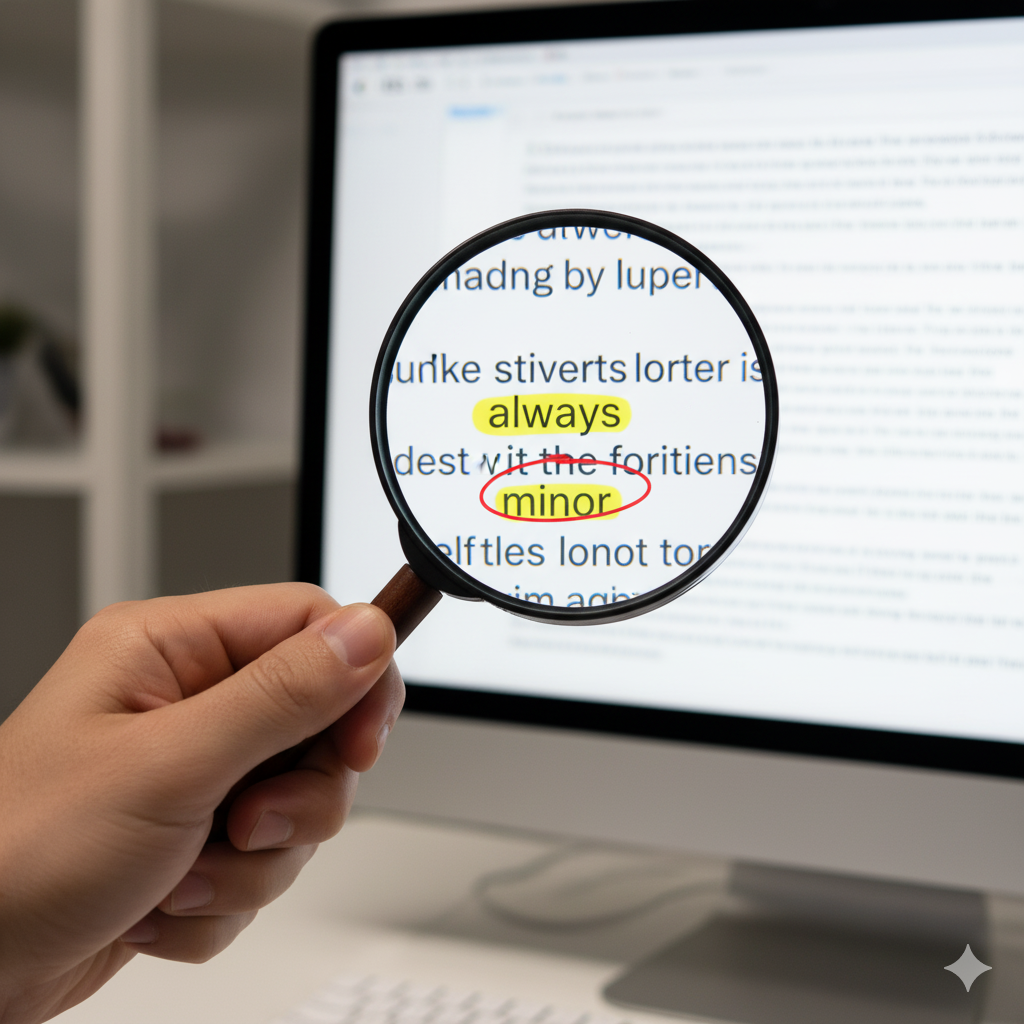
If there’s one question type that haunts IELTS test-takers, it’s True/False/Not Given. You read the text. You read the statement. It seems true… or is it false? Or maybe it’s just… not there? The uncertainty can be paralyzing.
The problem isn’t your English. It’s your strategy. Most students approach TFNG like a philosophy debate. The successful test-taker approaches it like a detective hunting for evidence.
This guide is your training manual. We will not just tell you the rules; we will rewire your reading habits through a powerful 3-Step Training Progression that builds unshakable skill and confidence.
The Mindset of an Evidence Hunter
Before we begin, forget everything you think you know. Your new principles are:
- The Text is the Law: Your opinion, logic, or general knowledge is irrelevant. Only the evidence in the text matters.
- Look for a “Match” or a “Clash”: Your only job is to find a sentence that either matches the statement’s meaning (True) or directly clashes with it (False).
- “Not Given” is an Evidence Problem: If you cannot find a sentence that proves it True or False, the case is closed. It’s Not Given. You are not allowed to speculate.
Ready for your training? Let’s begin.
Training Progression: From Drills to Mastery
Step 1: The Drill Set — Building Your Micro-Skills
This step isolates the core skills so you can practice them without the pressure of a full passage.
Activity 1.1: The Statement Dissector
Goal: To understand how small changes in wording create completely different meanings.
Instructions: Read the original sentence from a text. Then, analyze the three statements below. For each one, decide if it is True, False, or Not Given based solely on the original sentence. The key is to justify your choice in one sentence.
- Original Sentence: “Although the company announced record profits, it plans to delay its expansion into the European market.”
- Statement 1: The company is experiencing financial success.
- Your Answer: TRUE
- Justify: The original sentence states “record profits,” which means financial success.
- Statement 2: The company will definitely not expand into Europe.
- Your Answer: FALSE
- Justify: The original says “delay its expansion,” which means it will happen later, not that it’s cancelled.
- Statement 3: The company’s main competitor is also delaying expansion.
- Your Answer: NOT GIVEN
- Justify: The main competitor is not mentioned in the original sentence.
Your Confidence Checklist
Before you move on, ask yourself:
✅ Can I spot qualifying words like “all,” “some,” “always,” “most”?
✅ For every answer, can I point to the exact sentence in the text that is my evidence?
✅ Do I understand that “Not Given” means “I cannot find the evidence,” not “I think it might be false”?
If you’ve followed this training, you are no longer a student guessing at answers. You are an Evidence Hunter. You have the tools and the mindset to dismantle TFNG questions with precision.
Your Mission: In your next practice session, apply this “Evidence Hunter” method. For every TFNG question, force yourself to highlight or note down your evidence. You will be amazed at the clarity it brings.
Ready to master the next challenge? In our next post, we’ll become “The Main Idea Architect” and conquer Matching Headings.
How to Attempt True, False, Not Given Questions Exercises [Part 2]

